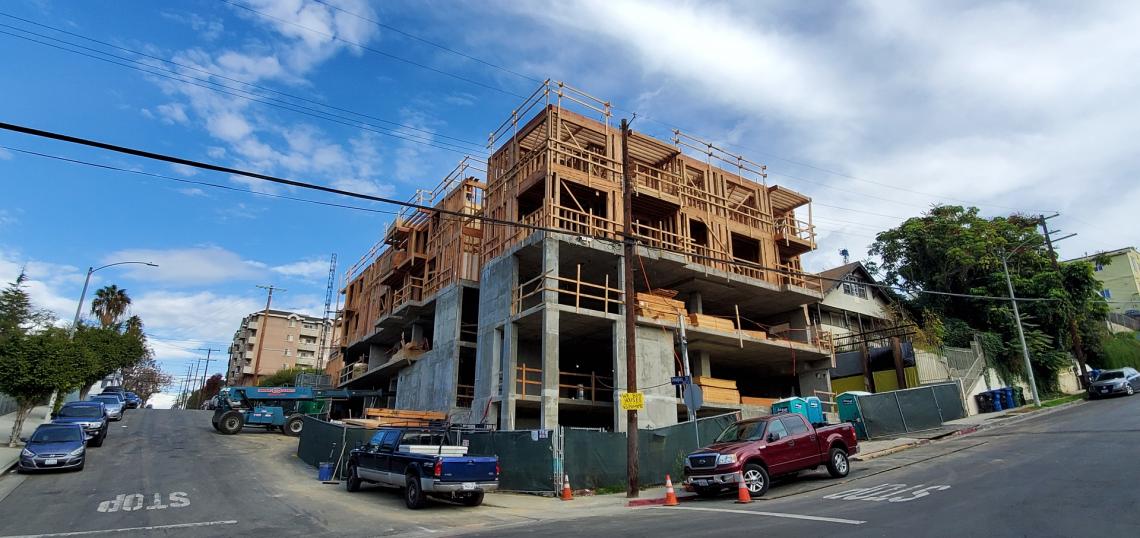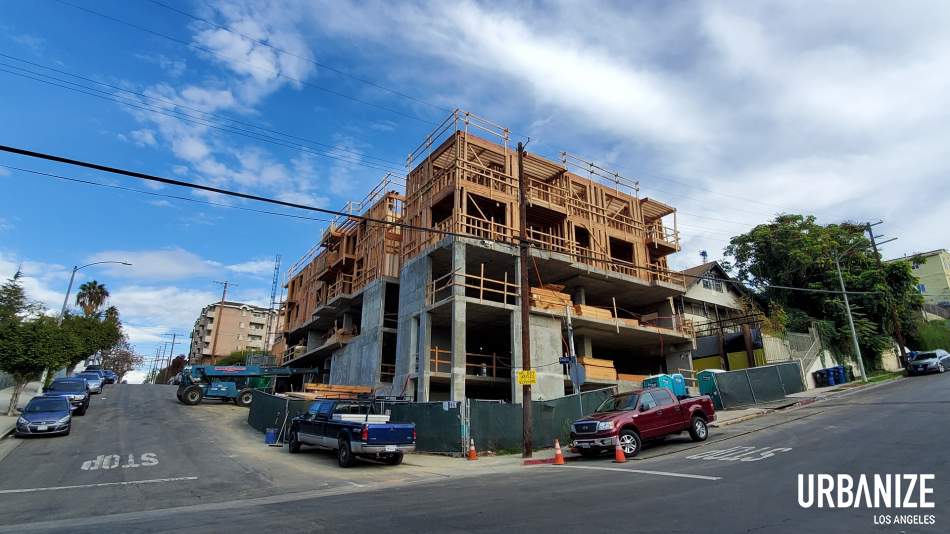Since its adoption in 2017, the City of Los Angeles' Transit Oriented Communities (TOC) program has become a popular tool for developers to exceed certain zoning restrictions in exchange for providing covenanted affordable housing within their projects. But a new motion introduced by a member of the City Council is aimed at tweaking the guidelines to account for differing land prices throughout the city.
David Ryu, who represents the City Council's 4th District, has proposed that TOC developments in high- and mid-market communities - areas with higher land values - should be required to provide a higher percentage of affordable housing than currently mandated in order to access the benefits of the program, such as increased density and reduced parking. This results in a "substantial windfall for property owners and developers," without providing commensurate value for the public, according to the motion.
“The TOC program has been successful in bringing more density near transit and addressing an immediate need for more housing, but there are areas where it has failed,” said Ryu in a statement. “When 28 units of rent-stabilized housing are destroyed to make way for a project with only 20 units of affordable housing, that is not a success - that is displacement. High-market areas like Greater Wilshire and Hollywood have been a boon for TOC developers, but not enough of that wealth is shared with the community in the form of rents we can afford and housing we need. The TOC program must create more units for working Angelenos - not fewer.”
Ryu's motion states that in many instances, TOC projects displace dozens of rent-stabilized housing units - the residents of whom qualify as "moderate-income households," and may not qualify for the affordable housing units included in the new development.
The proposed revision to the TOC program parallels a component of the City's affordable housing Linkage Fee Ordinance, where new developments in higher-market areas are assessed greater fees than those in lower-market areas. When that ordinance was adopted in 2017, several members of the City Council argued that a higher fee citywide would deter development in low-income neighborhoods, but projects in wealthier communities could more easily absorb the additional costs.
"This is bringing it up a little bit more in those high demand areas, where they could probably absorb more of a fee than other areas," said 14th District Councilmember Jose Huizar in 2017. "Because you want to encourage more development in low-income areas and those areas that don't have much development, but where there's such a huge demand and people's portfolios are working out, they could absorb this a lot easier."
The Transit Oriented Communities program was enacted as an overlooked component of Measure JJJ in 2016, which placed inclusionary housing and prevailing wage labor requirements on new developments seeking zone change and general plan amendments as part of their entitlement applications. In the first nine months following the program's initiation, the Department of City Planning estimated that it accounted for nearly 20 percent of the total housing units proposed citywide.
- Transit Oriented Communities Program (Urbanize LA)








